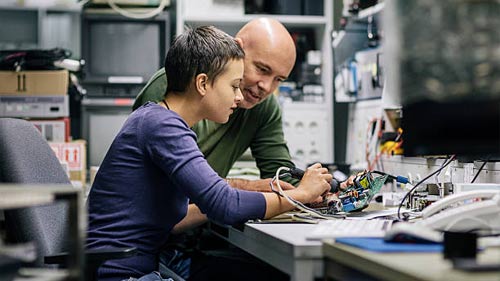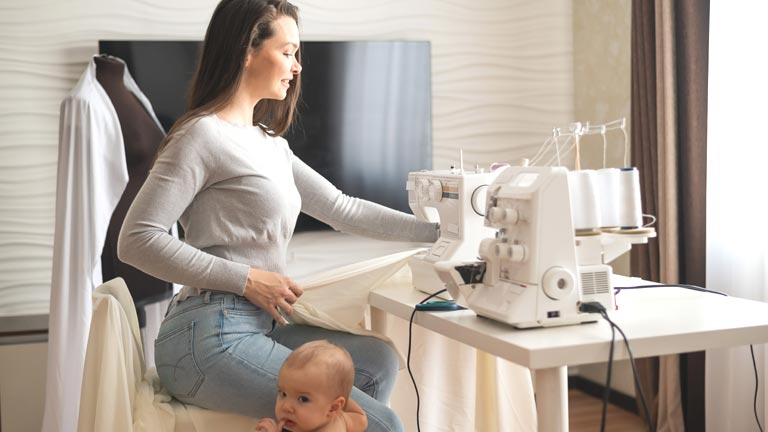An increased number of employees are currently working from home as a result of pandemic requirements. Some of these employees may only work a few days a week in the office, while others work exclusively from home. Research has indicated that working from home can boost employee productivity, increase employee morale, and even reduce operating costs for a company as they have to support fewer workstations in the office.
In order to meet work responsibility from home, employees must have access to a number of things. The first is a reliable internet connection that won’t interrupt workdays. In addition to this, hardware such as monitors, desktops, and printers are often also required. This hardware is commonly found in most households today, so facilitating a work environment at home is doable.
However, despite having access to this hardware, the most challenging aspect of working from home is remaining focused and separating home life from work life. It can be particularly challenging to balance work and leisure activities while working from home full time. Feelings of being unable to escape work responsibilities often make people feel obliged to work past their normal schedules despite being at home. In addition to this, some household chores become a distraction as employees convince themselves they can accomplish home chores while they’re on the clock.
The infographic below, How to Create a Home Office That Improves Work/Life Balance, details strategies to separate your home life from your work life when your home becomes your office. Managing both your professional and personal life in one environment is a challenge, but it is accomplishable with a bit of planning and discipline.

One effective method in separating work from home is designating an area for an exclusive office space. This is most effective if the area is isolated from the rest of the home, a nook reserved for work and work only. Separation from the rest of the home also reduces the amount of distractions employees are bound to encounter on a daily basis. In addition to the separation of work and home physically, mental separation is equally important. Despite no longer occupying the office, employees should avoid distractions such as TV chatter, meal preparation, and other home-based chores that wouldn’t be accomplished through a normal workday in the office.
Though it may be challenging, achieving a work-life balance while working from home primarily can be accomplished through equal dedication to both aspects of an employee’s life. Ample time spent to deal with their professional responsibilities provides employees with evenings able to be spent with families and managing home responsibilities.
Sara Scimeca is Marketing Coordinator for Synergy builders, a stress-free remodeling company. She has two years of experience in the industry and manages Synergy’s marketing plans including the creation of content for newsletters, brochures, advertisements, videos, and more.




